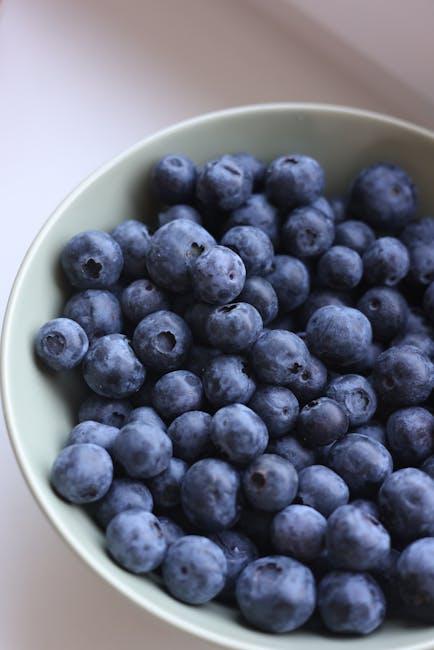AI Tastebuds Are Better at Identifying What’s in Food Than You
Have you ever marveled at the ability of an AI system to accurately predict various aspects of our lives? From weather forecasts to stock market predictions, AI technology has become increasingly sophisticated and influential in shaping our world. Now, we can add food tasting to the list of domains where AI is showcasing its superiority. Thanks to advancements in machine learning and sensory technology, AI tastebuds are proving to be more adept at identifying the ingredients and flavors in food than humans.
Most of us rely on our senses of taste and smell to savor the myriad of flavors our taste buds can detect. However, the capabilities of human taste receptors have limitations. Our taste buds might vary in sensitivity, leading to inconsistent perceptions of flavors. Additionally, these taste receptors may not always be accurate in identifying subtle nuances or recognizing extremely rare ingredients. AI taste buds, on the other hand, are not limited by these constraints.
Using machine learning algorithms, AI systems can analyze vast databases of ingredient profiles and flavor compositions. These algorithms allow them to identify and categorize the ingredients in a particular food item, often with remarkable precision. The AI tastebuds can recognize even minute variations in taste and smell, enabling them to discern a wide range of ingredients that might elude human taste receptors.
One of the key advantages of AI tastebuds lies in their ability to compare and contrast flavors across a wide range of samples. They can analyze massive datasets of flavor profiles, synthesizing vast amounts of information and developing a comprehensive understanding of taste. This deep knowledge is then used to predict the flavors and ingredients of new or unfamiliar dishes.
Moreover, AI tastebuds can learn from their mistakes and continuously improve their accuracy. By comparing their predictions against actual human assessments of taste, AI systems can continually refine their algorithms and enhance their performance. This iterative learning process enables AI tastebuds to gradually surpass human capabilities in identifying complex flavors and matching them to their respective ingredients.
The implications of AI tastebuds are not limited to gastronomic pleasure alone. This technology can play a vital role in various fields, including healthcare and food safety. AI systems can assist in creating personalized diets for individuals with specific dietary restrictions or allergies, ensuring healthier and safer food choices. They can also help food scientists and manufacturers in quality control, ensuring consistency in flavor profiles and ingredient compositions.
While AI tastebuds offer a vast range of opportunities, they do come with a few caveats. Critics argue that relying solely on AI systems for flavor identification might undermine the subjective and sensory experience of food. Human senses, combined with cultural and emotional factors, contribute to our appreciation and enjoyment of food. Consequently, embracing AI tastebuds should be complemented by preserving our individual experiences and the human touch in culinary exploration.
AI tastebuds are revolutionizing our understanding of flavors and ingredients in food. With their precise and consistent identification abilities, these systems are surpassing human taste receptors in recognizing subtle nuances and rare ingredients. From personalized diets to quality control, the impact of AI tastebuds extends far beyond our own palates. While AI technology adds a new dimension to our culinary world, it’s important to strike a balance between the advancements of AI and the human experience of enjoying food.

